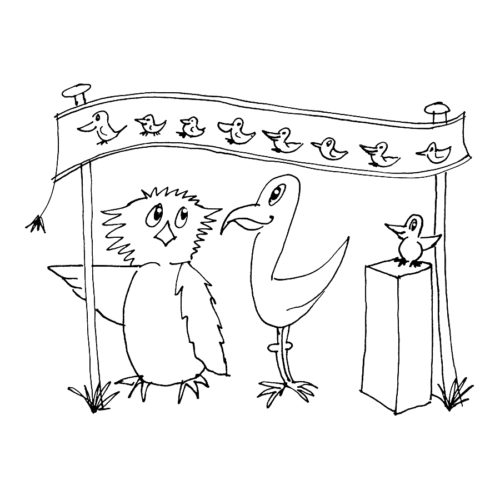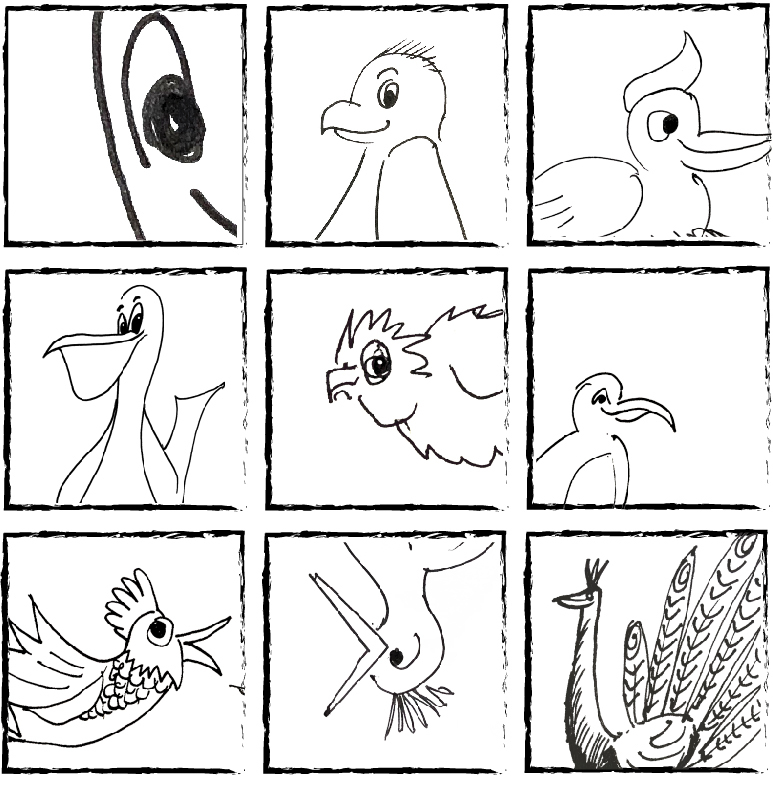#5 Be Persuasive: How to advertise
Choose the right words and pictures
Persuading someone to buy from you takes two key things.
The first is to talk and write in their ‘language’. Not just their native tongue (although this is a huge help!), it’s about using the right words, images and tone of voice to attract people looking for what you are selling.
The second part is to reinforce their buying decision by making them feel it’s a good choice, whether that means they feel:
younger
richer
stronger
wiser
greener
prettier
cleaner
smarter
happier
more organised
more fashionable… or, maybe just more fun!
Not including your grocery shopping, what was the last thing you bought? Why did you choose it in particular? What influenced you? Do you remember how you felt when you bought it?
Science!
Deep within our brains is the amygdala. Part of the limbic system, this area has been identified by neuroscientists as governing our emotions, as well as playing a role in decision making.
So if you want to persuade someone to buy something, you need to think about how to influence the way they will feel about making that decision.
You want them to feel good enough to make it a habit.
Successful persuasion is not just about WHAT we say, it’s also HOW we say it and WHY.
Combining visual signals AND emotional response.
Think back to our branding guide and the importance of understanding why you are in business. If you don’t understand your motivation, your values and what sets you apart from your competitors how is anyone else going to know?
The ‘why’ of your business should sit at the heart of your advertising. It will help you engage and build trust, and make an easy buying decision for your customers.
In fact, everything you do as a business plays a role in persuading your customers to choose you. Everything.
When we persuade our customers to buy from us, they are placing their trust in us to deliver. When we deliver on our promises, we can build loyalty and a good reputation.
Before modern print advertising arrived in the 15th century with the invention of the printing press, ancient Egyptians created papyrus posters; Romans painted their walls; others used song, poetry and stories to advertise. Since the 15th century, by and large, nothing much changed until the invention of the postal service, radio, film, television and, today, the Internet. What makes the Internet a phenomenal sales tool is that anyone with an internet connection can advertise, not just to their town or region, but to the world. Some with much more success than others, and here’s why:
When we read information, two things happen:
- The words create pictures in our minds (visual)
- We feel attracted or repelled (emotional)
Both these things happen within milliseconds and repeat thousands of times a day as we are bombarded by a near constant flow of information and advertising all around us. Even when we look for something we really want, and are more focussed on what we are reading, the process is the same.
When we see a picture, our brain’s respond even faster.
That’s because our brains process images much faster than words, especially if our reading skills are poor or we are reading an unfamiliar language. It is true what they say, “A picture is worth a thousand words” and we process the information much faster too.
Now we know why it is worth getting BOTH the words and pictures we use to promote and persuade right. It’s a powerful combination, so, let’s look at the words first.
The key to successful persuasion – using the right words to advertise

Along with ensuring that you are using the right tone of voice for your customers, if you remember nothing else, remember this: people are only interested in themselves.
Whether it is donating to a charity, or buying the latest iPhone, it will be THEIR interests and THEIR beliefs that drive that buying decision. Think of this as their VALUES.
The key to successful persuasion is being able to match all the benefits you offer to your customer’s values, supported by evidence to build trust.
A house builder
Safety certificates
Multiple languages
Local
Free quotations
Client Testimonial
Guaranteed work
Customer Values
Qualifications
Easy communication
Buy local
Builds trust
Evidence to build trust
Evidence to build trust
A rural holiday home
Customer Benefits
Countryside location
Solar panels
Pets allowed
Close to leisure lake
Guest reviews
Customer Values
Peace and quiet
Sustainability
Animal lover
Outdoor activities
Evidence to build trust
A yoga class
Customer Benefits
Improved health
Relaxation
Expert tuition
Central location
Multiple languages
Customer reviews
Customer Values
Good health and wellbeing
Self-care
Qualifications
Easy to find
Easy to learn
Evidence to build trust
For your printed advertising, website or social media, matching the benefits of what you offer to customers’ values is a good way to work out what persuasive words and images would work best.
Let’s look at the example of an advert for a yoga class. The yoga studio owner has done their research into the type of customer they want to attract: they are young people working in the city centre; they like to feel good, but may be nervous of trying something new. The yoga studio owner needs to match all the benefits of their yoga classes to their new customers’ values and support this with evidence.
Yoga Class BENEFITS:
- Proven health benefits
- City centre location
- Qualified instructors
- Different levels of classes/bring a friend
- Starter discount
- Customer testimonial
Customer VALUES:
- Would like to be healthier
- Wants somewhere close to work
- Prefers qualified teachers
- Wants reassurance on choice
- Is careful with money
- Needs reassurance

The advert is constructed to appeal directly to these new customers, telling them what they want to hear by aligning with their values. The advert:
- Reassures them
- Appeals to them
- Gives them good reasons to sign up
- Builds trust
- Shows them what they could feel like: a happy, healthy, relaxed person that they can relate to
- Asks for action and makes it easy to get in contact or find out more
Think about your business and how you can match all the benefits you offer to your target customers’ values to attract them.
*We can’t all be great at photography. Thankfully, there are websites that offer royalty free pictures. In other words, you can use them in your advertising and on your website and social media for free without fees or a licence.
Discover high-quality pictures from around the world on all kinds of subjects taken by some very talented photographers.
Have a look at our Micro Oiseau top tips and websites for royalty-free, licence-free photography and graphics for advertising and websites.
Finally… something to keep in mind: to be persuasive and advertise anything, be anything you want but don’t be boring!









